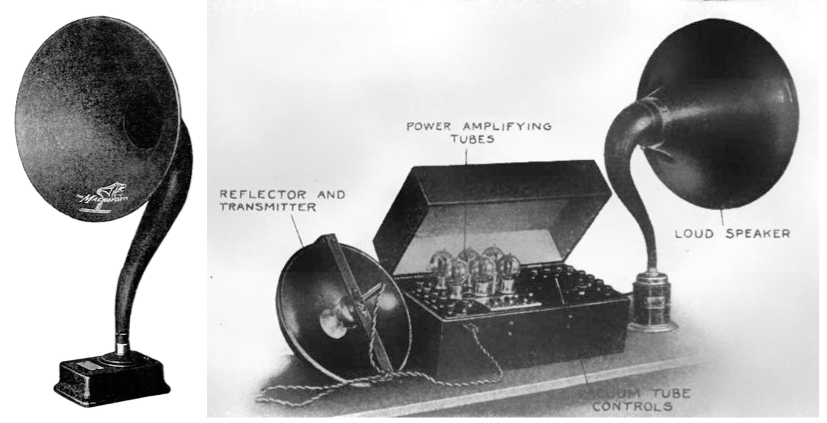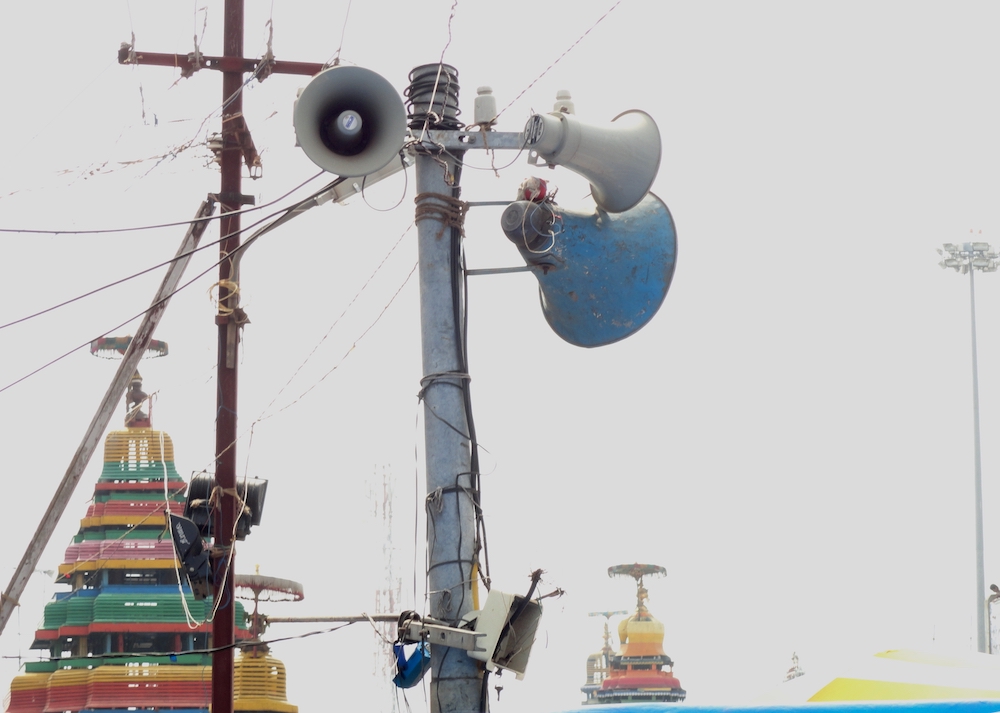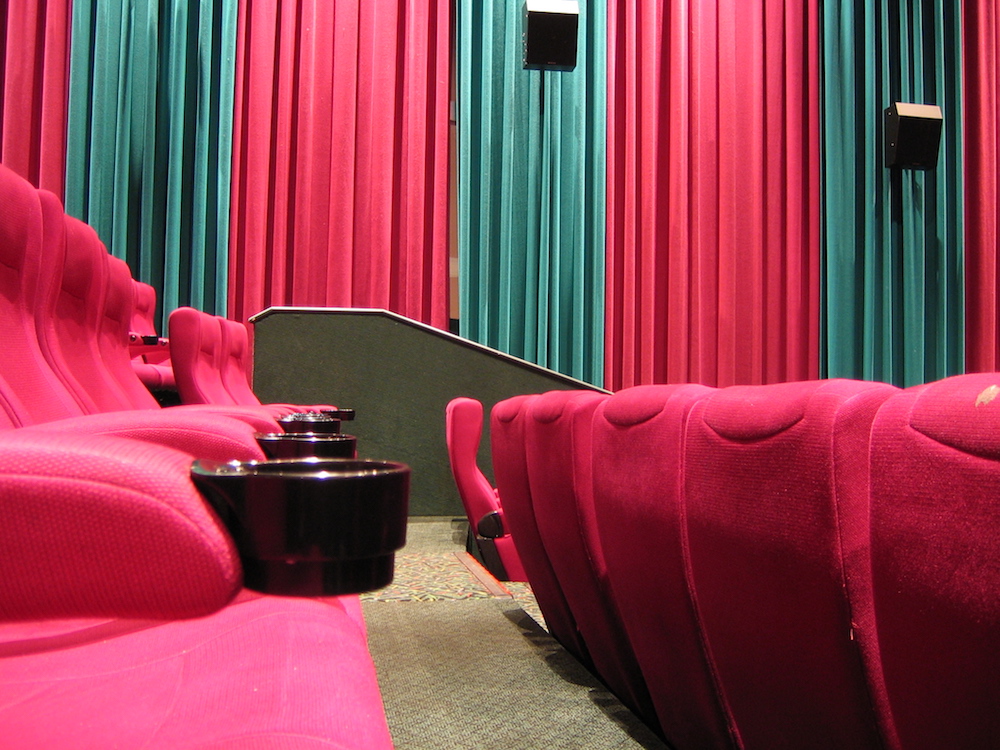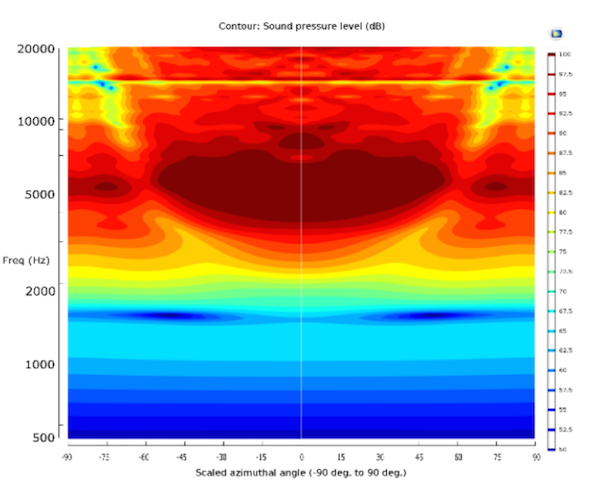
When the loudspeaker was first introduced, it fascinated listeners by translating electricity into amplified sound. Since that time, the device continues to be recognized for its innovative properties, while undergoing improvements and finding new uses. On this day, which marks 100 years since the first public display of a loudspeaker, we explore the device’s rich history and simulation’s role in advancing its design.
The “Great Voice” of the Magnavox Loudspeaker
When looking back at the history of loudspeakers, an important name to know is Peter L. Jensen. Born in Denmark in 1886, Jensen spent his early career as an apprentice in the laboratory of a Danish engineer, Valdemar Poulsen. After working together for years, Poulsen sent Jensen to America in 1909 to support the development of the Poulsen Wireless Telephone and Telegraph Company.
While in America, Jensen met an electrical engineer named Edwin S. Pridham. In 1911, the two men formed a small research laboratory where they performed experiments on Poulsen’s arc radio transmitter. They altered the device by connecting thicker wires to the diaphragm and placing a copper wire coil between the magnets. Such modifications, however, failed to attract the interest that Jensen and Pridham desired.
Eventually, they added a gooseneck horn from an Edison phonograph to the device. With the addition, Jensen and Pridham designed a loudspeaker, which they called the Magnavox (Latin for “great voice”). Although primitive loudspeakers had already been invented, this design represented the first practical moving-coil loudspeaker. The intent was to market the Magnavox as a public address (PA) system.

Versions of the Magnavox loudspeaker.
Jensen and Pridham continued to make improvements to the loudspeaker design and on December 10, 1915, they conducted their first formal public demonstration at Golden Gate Park in San Francisco, California. They followed up their initial demonstration by playing music in front of San Fransisco City Hall and broadcasting a speech by California Governor Hiram Johnson.
By 1919, the Magnavox loudspeakers had attracted enough attention to be used for a speech by Woodrow Wilson, who was the U.S. president at that time. Pridham and Jensen were quite involved with Wilson’s speech, with Pridham helping to supervise the installation and Jensen remaining on the platform with Wilson during his speech. The Magnavox speaker proved to be a success, as the crowd was able to hear Wilson a mile away from the stadium.
The Modern Loudspeaker: Applications and Design
By the 1920s, loudspeakers had captured the nation’s attention and their use had extended to radios, phonographs, and theater sound systems. Today, the devices are used in a range of applications, including car cabins, hearing aids, concert halls, and theaters.


PA systems and movie theaters are two applications of loudspeakers. Left: Image by A.D. Balasubramaniyan — Own work. Licensed under CC BY-SA 3.0, via Wikimedia Commons. Right: Image by Greg O’Beirne — Own work. Licensed under CC BY-SA 3.0, via Wikimedia Commons.
While the loudspeaker design has remained relatively the same over the years, improvements in materials and shapes have led to greater efficiency and reliability. These advancements have not only optimized the sound quality of the loudspeaker, but they have also extended its applications in the development of new, innovative technology. For instance, researchers from Ultrahaptics and the Universities of Bristol and Sussex used the sound waves from loudspeakers to develop the world’s first sonic tractor beam that lifts and moves small objects. Such a technique could transform surgical practices, allowing the remote transport of drug capsules and microsurgical instruments via living tissue.
Simulation, as we’ll discuss next, is a powerful tool for continuing to improve loudspeaker technology.
Applying Simulation Power to Loudspeaker Analyses
For clear announcements, loudspeakers need to provide high sound quality and project loudly over large spaces, from shopping malls to offices. Using simulation capabilities, loudspeaker designs that would have once required building many physical prototypes over several years can now be efficiently analyzed in a virtual environment. Riccardo Balistreri at QSC Audio Products used this approach to study and improve the design of PA loudspeakers.

Simulated directivity plot for a PA loudspeaker. Image by Riccardo Balistreri and taken from his COMSOL Conference 2015 Boston poster submission.
The mechanisms behind loudspeakers, as we mentioned before, have not changed a great deal over the years. Keeping up with the digital era, however, could mean that greater improvements will soon be necessary. With this in mind, a team of researchers used COMSOL Multiphysics to test their electrostatic membrane design by creating arrays of membranes that could reconstruct the sound produced by an acoustic transducer, a main loudspeaker component. As such research highlights, simulation provides a platform for efficiently testing innovative design schemes and identifying new ways for older technology to meet growing demands.
While celebrating the loudspeaker’s 100th birthday, we look forward to future advancements for this influential device.
Additional Resources on Loudspeaker Design
Interested in learning more about loudspeakers? Check out these blog posts:
- Phase Decomposition Analysis of Loudspeaker Vibrations
- Calling All Audiophiles: Loudspeaker Analysis Video
There are several loudspeaker tutorials available in our Application Gallery, including:




Comments (0)